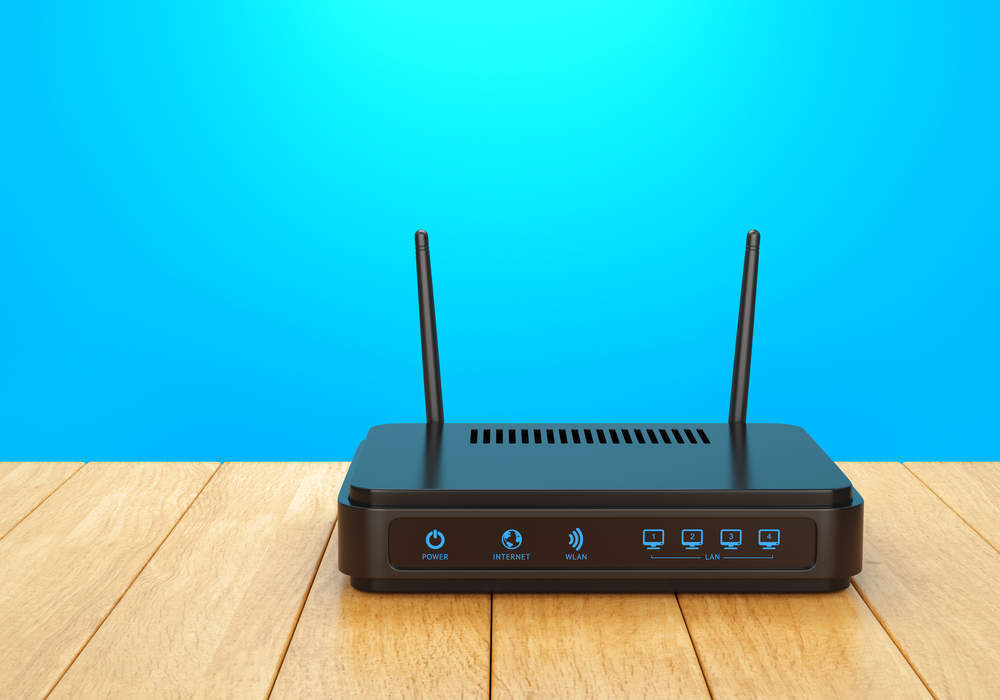
Fourteen years is a long time in Wi-Fi technology. In fact, it’s almost its entire history. That’s why a recent announcement by the WiFi Alliance introducing Wi-Fi Certified WPA3 is garnering much more notice than a new security standard usually gets.
Wi-Fi Protected Access (WPA) was introduced when wireless networking was in its infancy. It helped secure personal and enterprise Wi-Fi networks with data protection and access control for authorised users.
Almost every Wi-Fi connected device today is running some version of WPA2 with 128-bit encryption. While it has done great work keeping thieves, snoops, and spongers out of protected networks, the technology of systems around it has continued to advance. New flaws have been discovered in this software as recently as October 2017.
It was then researchers discovered a proof-of-concept exploit called KRACK (short for Key Reinstallation Attacks.) These attacks intercept data (including passwords and emails) or inject malware into websites.
WPA3, first announced in early 2018, is now available. The new security standard brings advancements in encryption, authentication, and ease of configuration.
Encryption:
This simply means encoding information. This is what makes passwords (or keys) necessary for authenticated users to access the network.
How well do you really know your competitors?
Access the most comprehensive Company Profiles on the market, powered by GlobalData. Save hours of research. Gain competitive edge.

Thank you!
Your download email will arrive shortly
Not ready to buy yet? Download a free sample
We are confident about the unique quality of our Company Profiles. However, we want you to make the most beneficial decision for your business, so we offer a free sample that you can download by submitting the below form
By GlobalDataWPA3 Enterprise provides 192-bit encryption, critical for Wi-Fi networks handling sensitive personal or intellectual property data. It also makes Wi-Fi acceptable for use in financial or government organisations. Both WPA3 versions disallow outdated encryption algorithms.
However, they still help to transition encryptions to the new standard. WPA2 continues to be mandatory for all devices certified by the industry body.
As market adoption of WPA3 grows, the new standard will also become required.
Authentication:
Essentially, are you who you say you are? This is what passwords are for.
WPA3 makes it more difficult for people (plus hackers or bots) to guess your Wi-Fi password. It slows down these attacks by requiring interaction with the network each time encryption keys are requested.
According to the Wi-Fi Alliance, this makes brute force attacks that depend on cloud-based server farms and automated key attempts unavailable to such attackers.
Configuration:
Setting up new networks and users. This is the most visible area of improvement for the new Wi-Fi security standard.
It’s a blessing for those who have been hooking up routers, dongles, and laptops to wireless LANs since shortly after the turn of the century.
The new Easy Connect feature makes it easier to connect Wi-Fi devices with limited or no display interface (such as Internet of Things applications like Wi-Fi connected appliances or light bulbs), while still maintaining high security standards.
Users can add any device to a Wi-Fi network using another device with a more robust interface, such as a smartphone, by scanning a QR code. In this case, the authenticated phone provides a referral to the network for the IoT sensor. It makes a change from writing down 25-digit Wi-Fi keys and entering them using phone dialpads, TV remotes, or the buttons on a desktop printer.
Why this matters:
For the tech industry, standards pave the way for increased adoption and, therefore, more sales. Plenty of device makers from Intel to HP, Huawei to Broadcom, have enthusiastically welcomed the introduction of WPA3. Cisco will be integrating it into its Aironet Access Points and Wireless Controllers via a firmware upgrade, but enterprise and consumers won’t benefit until their devices also support the new standard.
In the meantime, users should choose new products based on support for WPA3 to get off on the right foot with connected home, car, and office deployments. They’ll ensure better, easier, protection of networks, while getting in early with a security protocol which is likely to serve users for at least another decade.






Related Company Profiles
Intel Corp
HP Inc
Broadcom Inc